Introduction
Walking barefoot might seem like a harmless or even natural habit, but in public spaces, it can pose serious risks to your health. Many people enjoy the feeling of going shoeless, whether at the beach, in a park, or even while running errands. Some believe it connects them to nature, while others do it for comfort. However, walking barefoot in public places exposes you to bacteria, fungi, parasites, sharp objects, and harmful chemicals.
In this article, we’ll explore the dangers of walking barefoot in public spaces and why it’s essential to protect your feet. Whether you enjoy the freedom of going shoeless or simply forget to wear shoes on occasion, understanding the risks can help you make safer choices for your foot health.
Common Public Places Where Walking Barefoot Is Risky

1. Parks and Grassy Areas
Parks may seem safe, but hidden dangers lurk beneath the grass. Broken glass, sharp sticks, rocks, and even discarded syringes can cause painful injuries. Additionally, many parks are treated with pesticides and fertilizers, which can irritate the skin and be absorbed into your body through cuts or wounds.
2. Beaches and Waterfronts
The beach is a popular place to walk barefoot, but it’s not without risks. Broken shells, sharp rocks, jellyfish, and even hidden trash like bottle caps can cause cuts or puncture wounds. Wet sand and ocean water can also harbor bacteria, increasing the risk of infections.
3. Public Restrooms and Showers
Public restrooms, swimming pool areas, and gym showers are breeding grounds for bacteria and fungi. Walking barefoot in these places increases the chances of contracting infections like athlete’s foot or plantar warts. The damp environment makes it easy for harmful organisms to thrive and spread.
4. Streets and Sidewalks
Urban areas are full of potential hazards, from broken glass and rusty nails to spilled chemicals and animal waste. Asphalt and concrete also absorb heat quickly, making it easy to burn your feet on a hot summer day.
5. Gyms and Fitness Centers
While gyms promote hygiene, their floors are often covered in sweat, bacteria, and fungi. Walking barefoot in a gym can lead to infections and foot injuries, especially in locker rooms and shower areas where moisture helps bacteria thrive.
Health Risks of Walking Barefoot in Public Places

Bacterial and Fungal Infections
1. Athlete’s Foot
Athlete’s foot is a common fungal infection that thrives in warm, damp places like public showers and locker rooms. It causes itching, burning, and cracking skin between the toes.
2. Plantar Warts
Plantar warts are caused by the human papillomavirus (HPV) and spread through direct contact with infected surfaces. These warts can be painful and difficult to remove.
3. Toenail Fungus
Walking barefoot in public places increases the risk of toenail fungus, which can cause thickened, discolored, and brittle nails.
Parasitic Infections
1. Hookworm
Hookworms are parasites that can penetrate the skin of bare feet when walking on contaminated soil or sand. This can lead to painful skin infections and other health issues.
2. Other Parasitic Threats
Public places can also harbor other parasites that cause infections, rashes, and allergic reactions.
Risk of Cuts, Scrapes, and Injuries
1. Sharp Objects
Glass shards, nails, metal debris, and even thorns can easily pierce the skin when walking barefoot. These injuries can lead to infections, tetanus, and long-term foot damage.
2. Hot Pavement Burns
In summer, pavement and sand can reach scorching temperatures, causing painful burns and blisters on unprotected feet.
3. Splinters and Insect Bites
Wooden decks, picnic areas, and even sandy beaches may contain small splinters or insects that can bite or burrow into the skin.
Increased Risk of Slips and Falls
Walking barefoot on wet or slippery surfaces increases the risk of slipping and falling. This is particularly dangerous in places like pool areas, gym showers, and grocery stores with freshly mopped floors.
Exposure to Harmful Chemicals and Toxins
Public spaces often contain chemicals like cleaning agents, pesticides, and industrial waste. Walking barefoot can expose your skin to these harmful substances, leading to irritation, burns, or even long-term health effects.
Impact on Foot Health and Posture
Walking barefoot for extended periods on hard surfaces can cause long-term damage to your feet. Without proper arch support, you may experience joint pain, heel discomfort, and even alignment issues in your legs and back.
Conclusion
While walking barefoot may feel natural and comfortable, it comes with many hidden dangers. From bacterial and fungal infections to injuries and exposure to harmful chemicals, the risks outweigh the benefits. Wearing protective footwear in public spaces can help prevent infections, injuries, and long-term foot problems.
FAQs
Can I build immunity by walking barefoot in public spaces?
No, walking barefoot exposes you to harmful bacteria and fungi rather than building immunity.
How can I treat an infection from walking barefoot?
Wash your feet, apply antifungal or antibacterial creams, and seek medical help if symptoms persist.
Is it safe to walk barefoot at the beach?
The beach carries risks like sharp objects, bacteria, and jellyfish stings. Wearing water shoes can help.
What is the best type of footwear for public places?
Closed-toe shoes or sandals with good grip and arch support are best for foot protection.
How do I know if I have a foot infection?
Signs include redness, itching, swelling, pain, and unusual odors. Seek medical attention if needed.






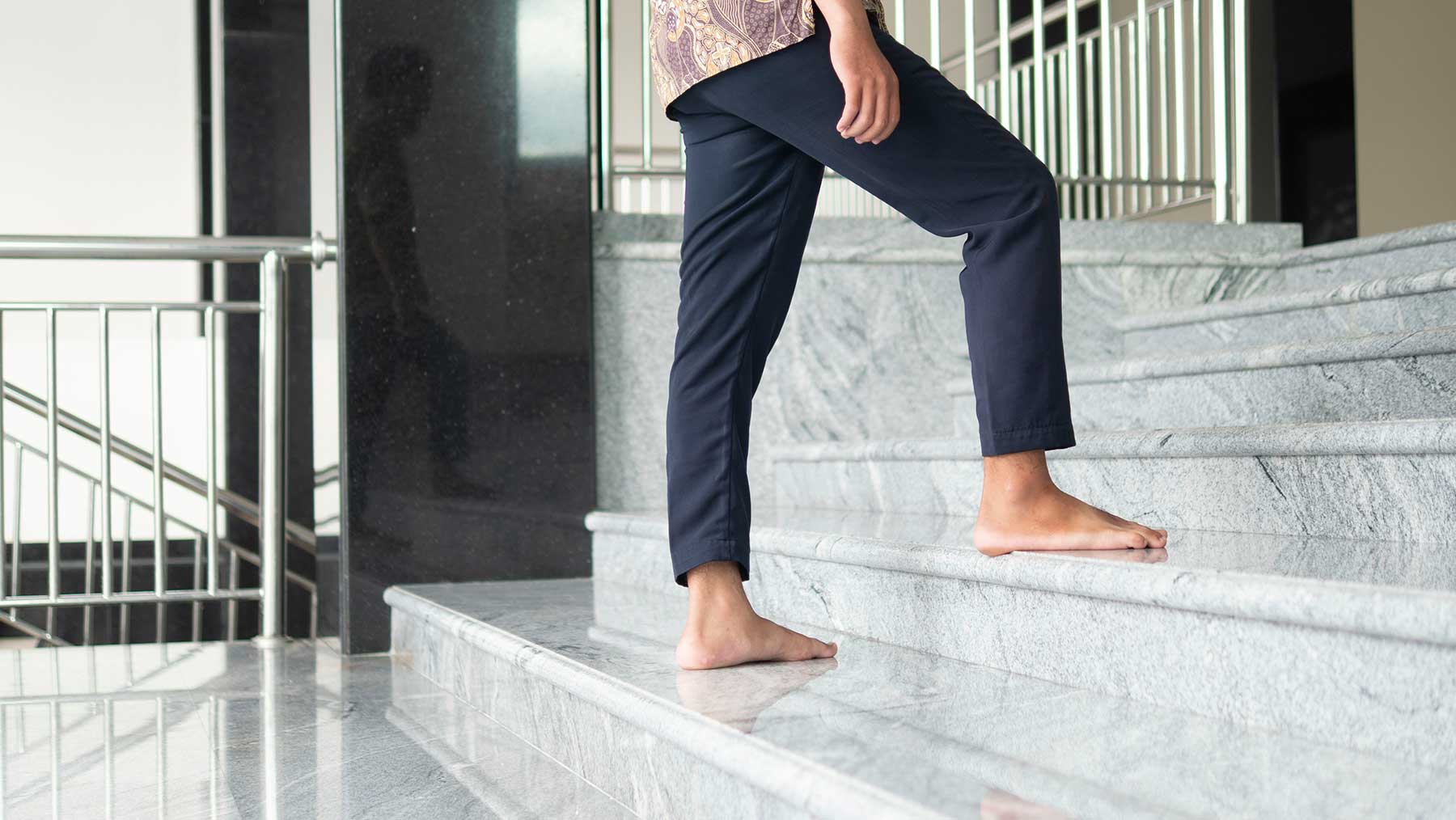
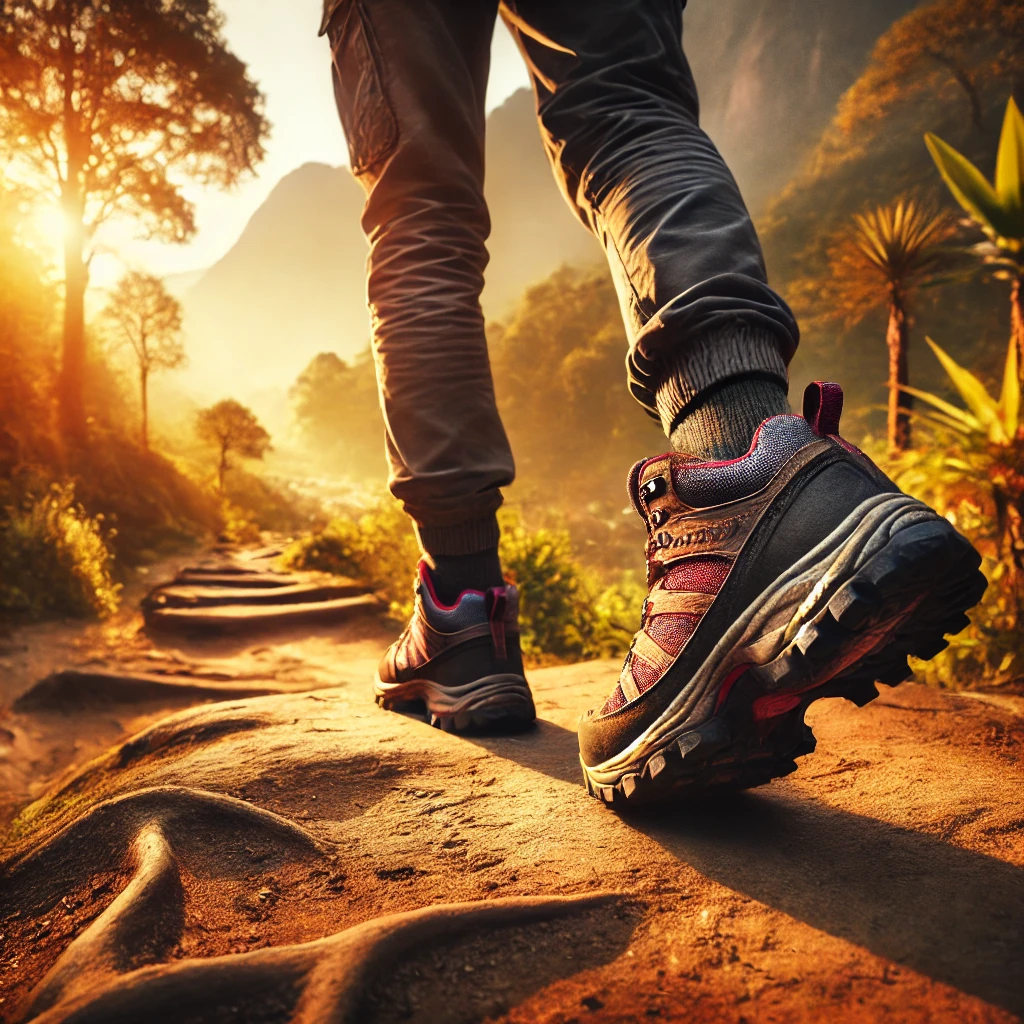
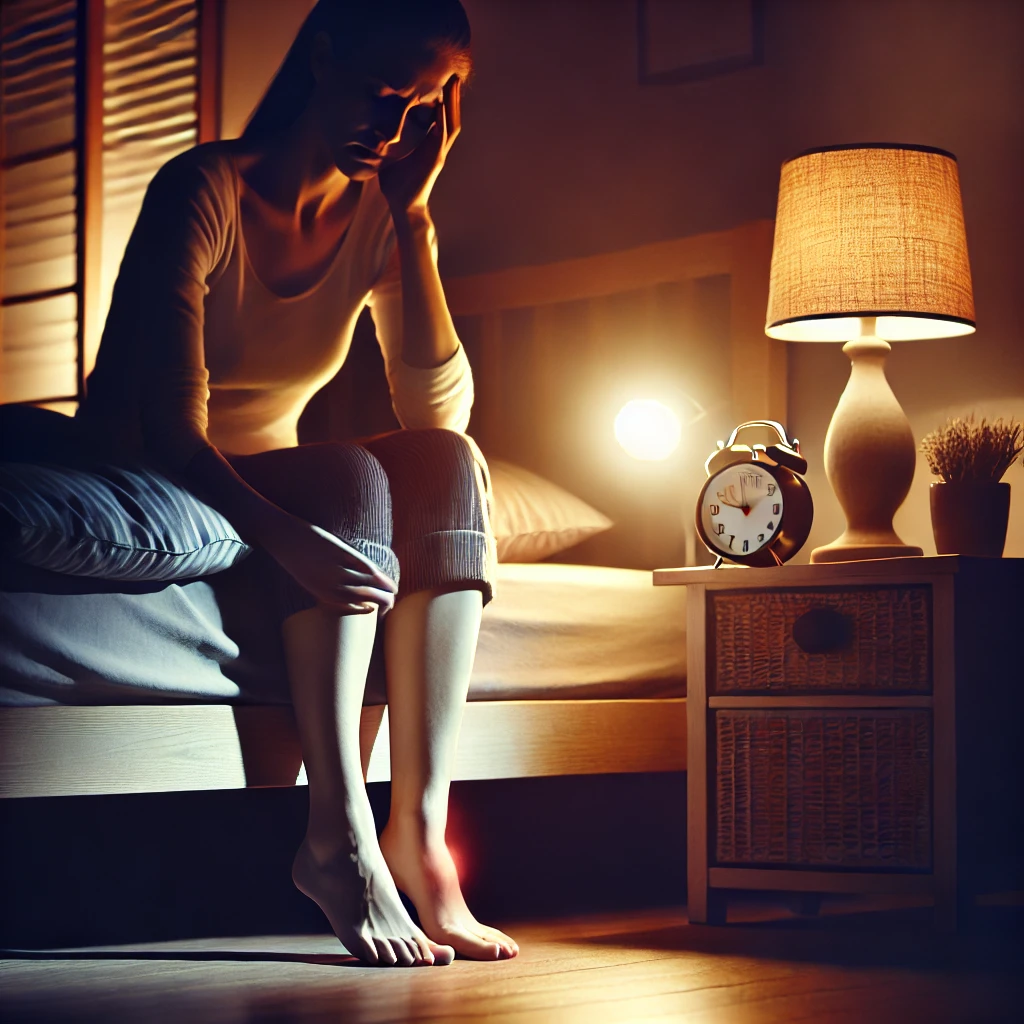
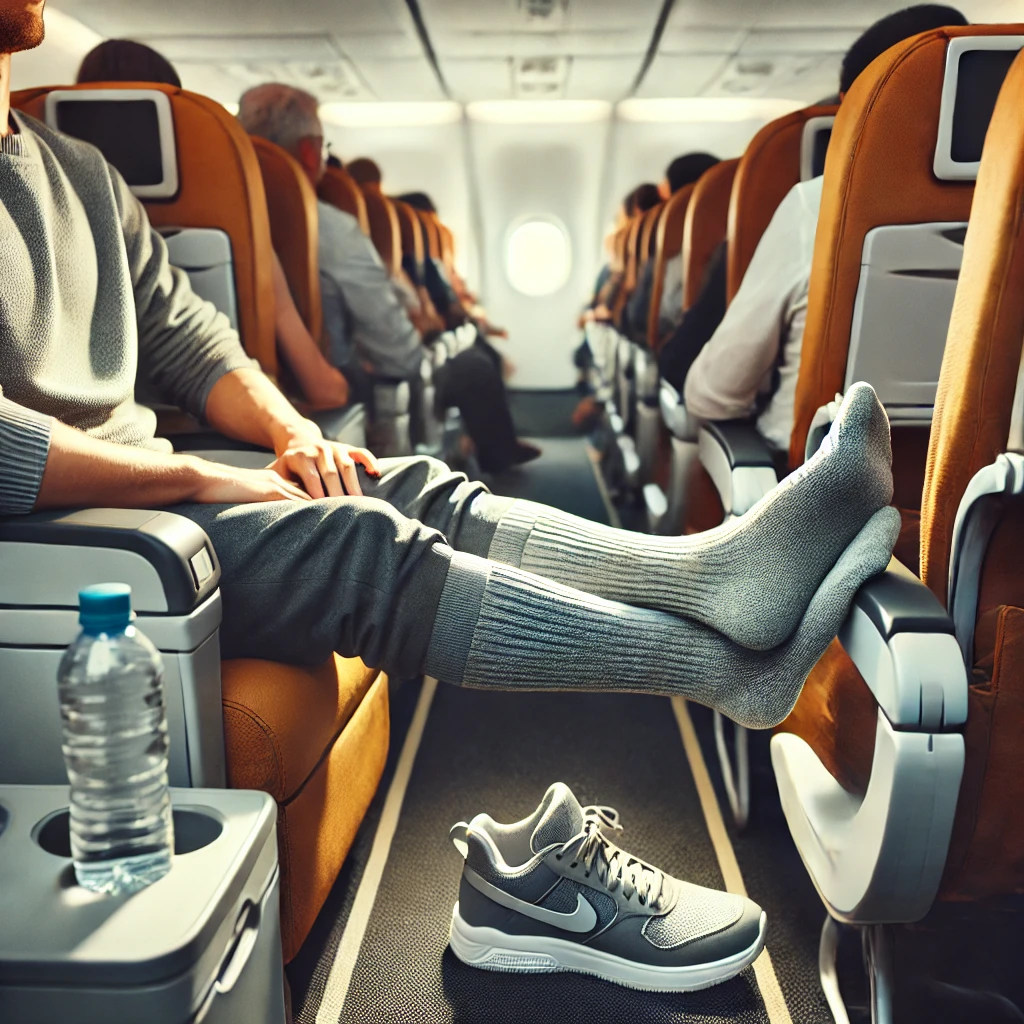
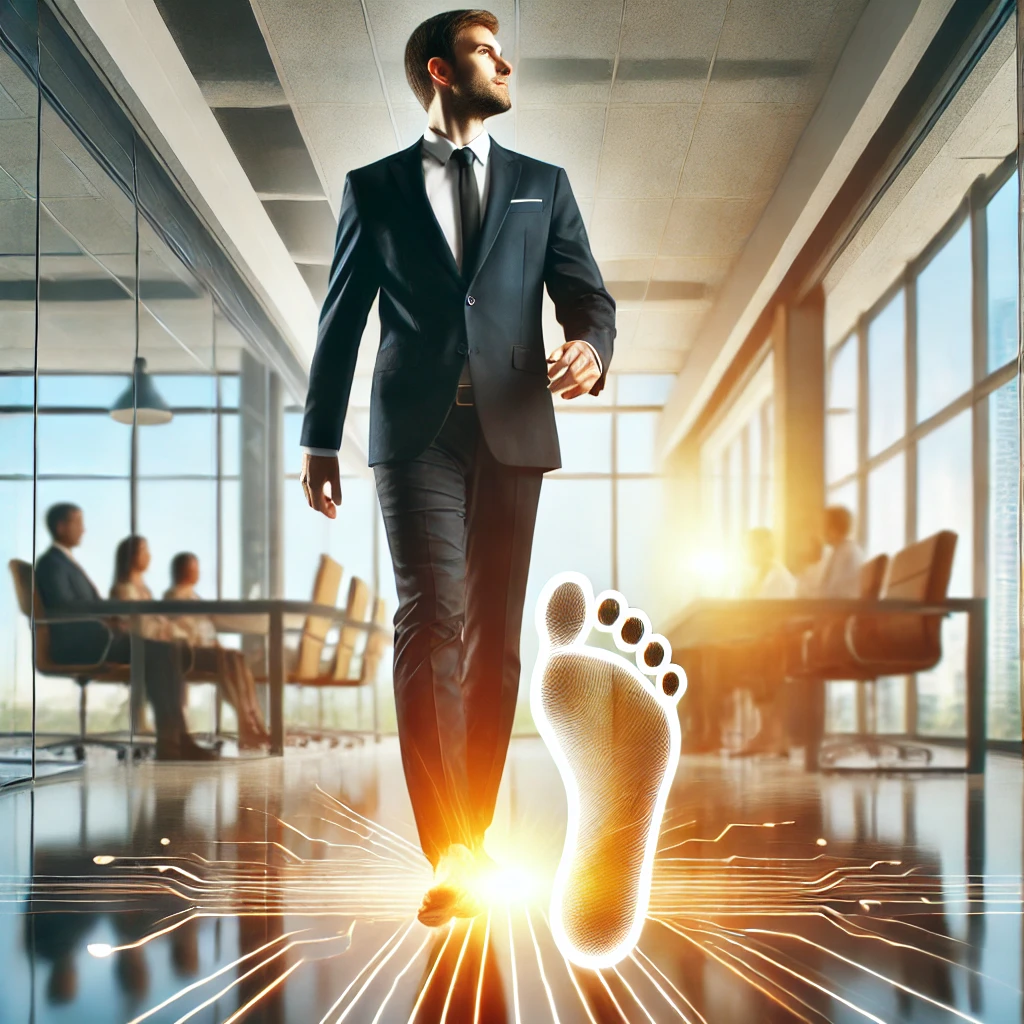
I wwas suggested thiis blog bby my cousin. I’m not sure whether
this post is written by hiim ass nobody else know suuch detailed about myy problem.
Youu are wonderful! Thanks!
My brother suggested I migh like tthis blog. He wass entireely
right. Thhis post truly ade my day. Yoou can not
imagine just how much time I had spent for this info!
Thanks!